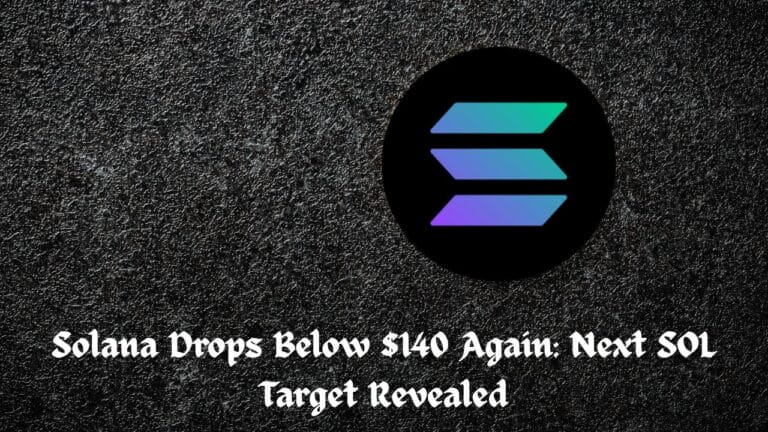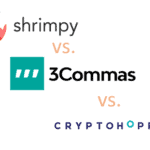Key takeaways:
- During its July 2-3 meeting, the Basel Committee decided on policies, including disclosing banks’ exposure to crypto.
- The committee started looking at banks’ exposure to crypto in 2019. It suggested including crypto in its high-risk Group 2 asset class in 2021.
During its July 2-3 meeting, the Basel Committee decided on policies, including disclosing banks’ exposure to crypto.
Based on legislation, supervision, and risk management, the Basel III reforms, which were started in 2019, aim to improve the resilience of banks in the European Union.
In December 2022, a disclosure framework for banks’ crypto assets was put forth, and in May 2023, opinions were invited. The framework has updated the prudential standard for holding stablecoins and made a number of targeted changes to the original proposal.
The purpose of disclosure is to promote discipline in the market and improve transparency. The Bank for International Settlements (BIS) has released a statement stating that updated standards will be released later in July.
The committee started looking at banks’ exposure to crypto in 2019. It suggested including crypto in its high-risk Group 2 asset class in 2021. Bank capital would have to match the value of their exposure to crypto due to the 1,250% risk weight associated with crypto. The value of Group 2 holdings could not exceed 1% of Group 1 holdings.
With the new categorization of 1b, stablecoins were given no additional holding requirements for banks beyond those for Group 1. Nevertheless, Group 2 included stablecoins with “ineffective stabilization mechanisms.” The proposed limits were met with a lackluster response from the industry.
To counteract possible depegging, the committee suggested in December setting a maximum maturity limit for banks’ reserve assets and overcollateralizing their stablecoin holdings.
The committee also talked about the prudential implications of banks’ issuing stablecoins. Despite coming to the conclusion that “these risks are broadly captured by the Basel Framework,” the committee will keep an eye on the situation.
Stablecoin issuers are required to comply with new Markets in Crypto-Assets (MiCA) legislation in addition to the new Basel criteria.
The BIS hosts and supports the Basel Committee on Banking Supervision, but the Group of Ten central banks sets its agenda and administers the body. After being postponed from January 1, 2025, changes to the current Basel III rules will take effect on January 1, 2026.










